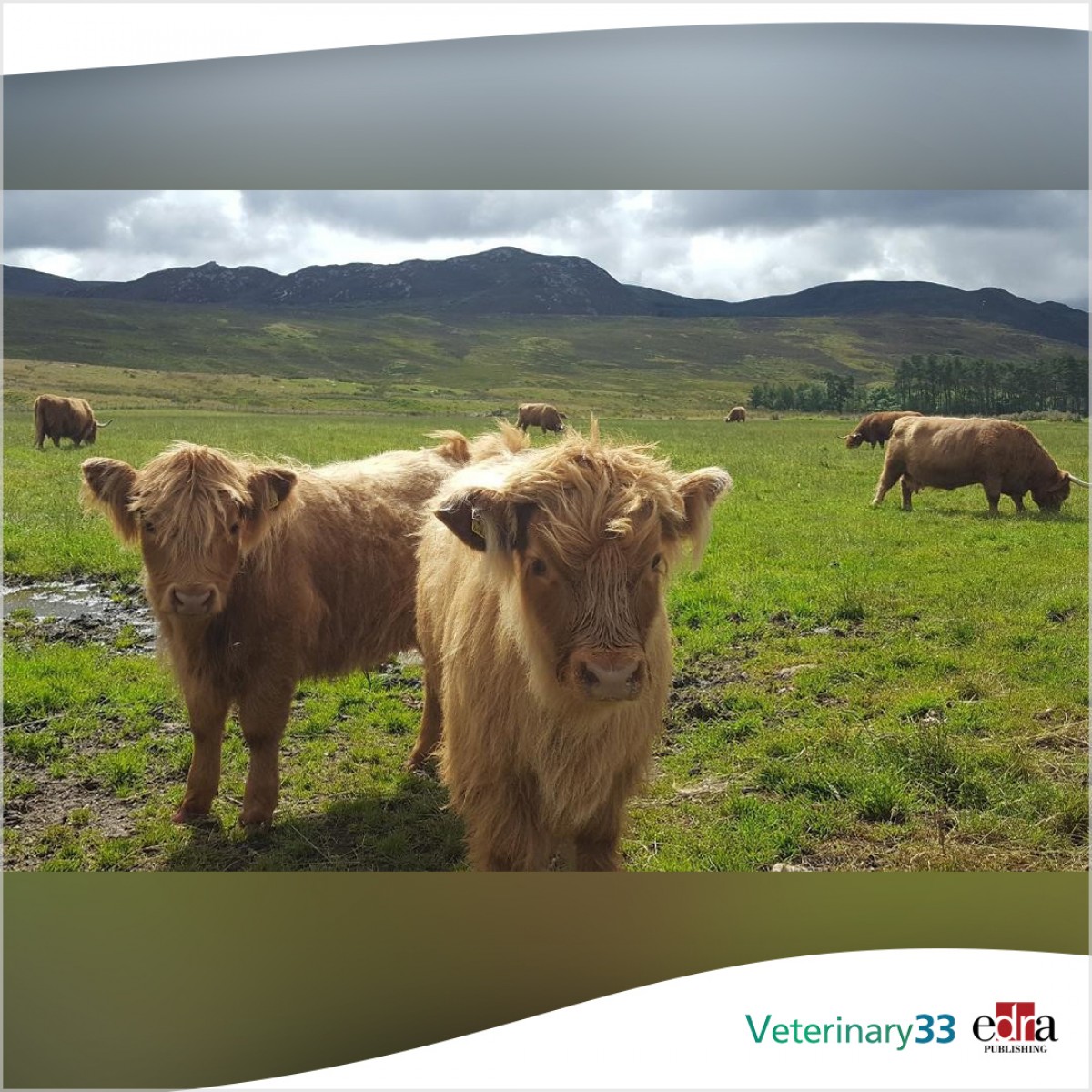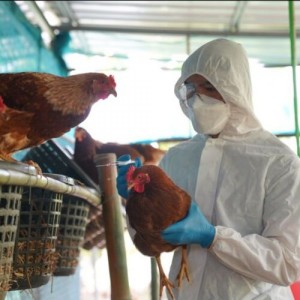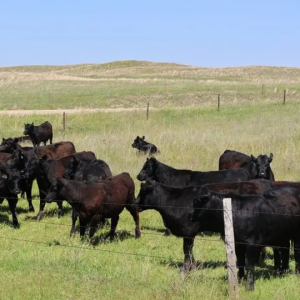Genetic screening of cows and badgers is a good tool to control tuberculosis
A group of Scottish researchers has carried out a study on genetic screening in cows and badgers to detect and control the first outbreaks of the disease in cattle. According to an article published in the Journal of Applied Ecology, routine monitoring could be very useful in the fight against tuberculosis.
Faced with an increase in tuberculosis cases among wildlife in an area of eastern Cumbria with no previous infections, experts from the University of Edinburgh examined the DNA of the bacterium that causes the disease taken from cows and badgers that tested positive. The team, along with other researchers, found that all the bacteria extracted from the samples were closely related to each other, pointing to a single consignment of cattle as the most likely source of infection.
The researchers say routine monitoring of both cows and badgers could help control early outbreaks of the disease, which cost an estimated £100m each year in England alone.
The developed method involves tracking the outbreak by integrating genetic data with spatial locations and contact tracing. This made it possible to compare small changes in the DNA as it spread from one animal to another.
Rowland Kao, from the University of Edinburgh's Roslin Institute, explained that the one they investigated was an unusual outbreak, from which they were able to trace the infection back to a single source. “Badgers are becoming more numerous and farms are becoming larger and more complex, so the risk of disease spread from livestock to wildlife is likely to persist and even increase as these trends are likely to continue in the future. future," he said. "Our findings are very helpful in understanding TB transmission and the spread of infection in general."









List
Add
Please enter a comment